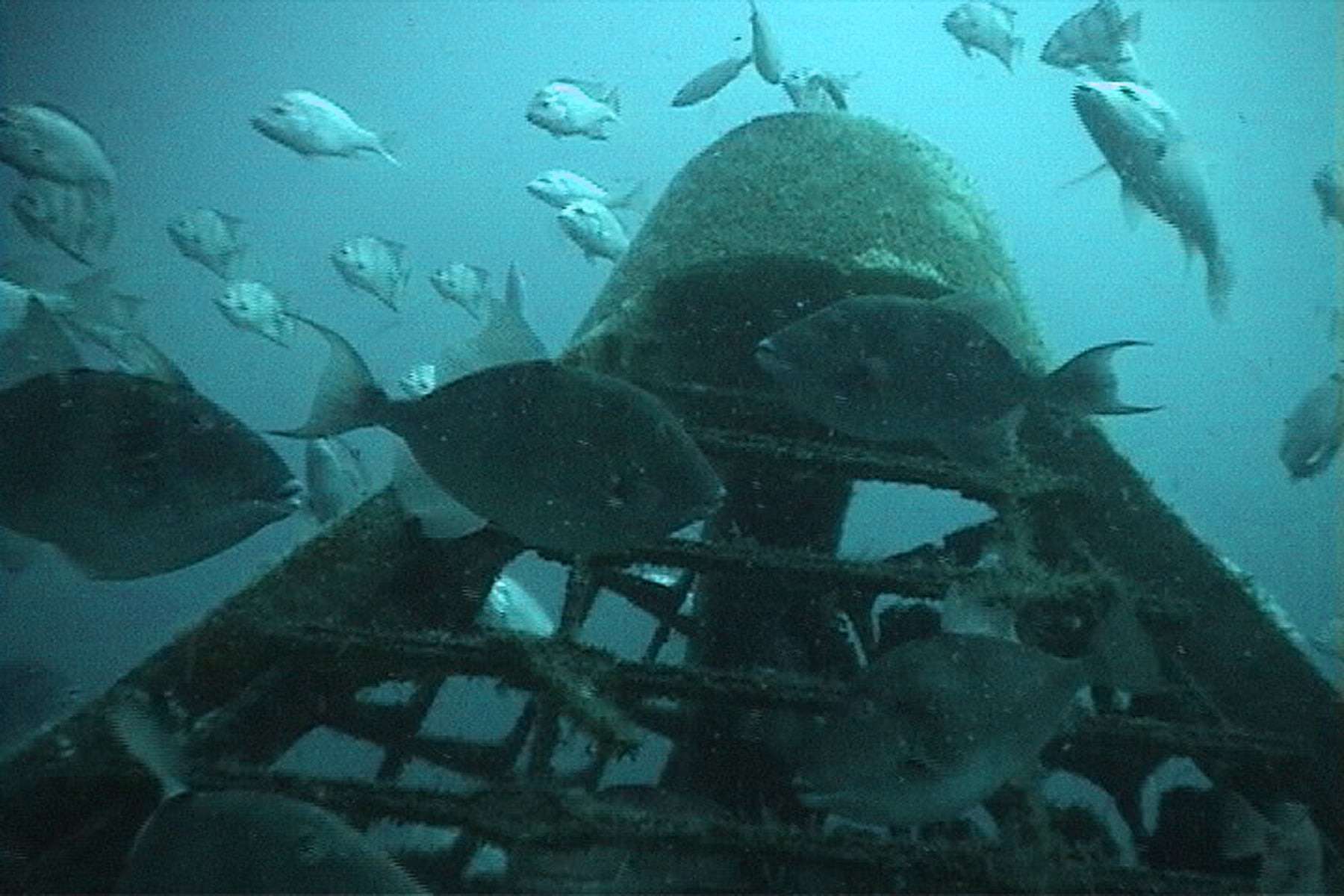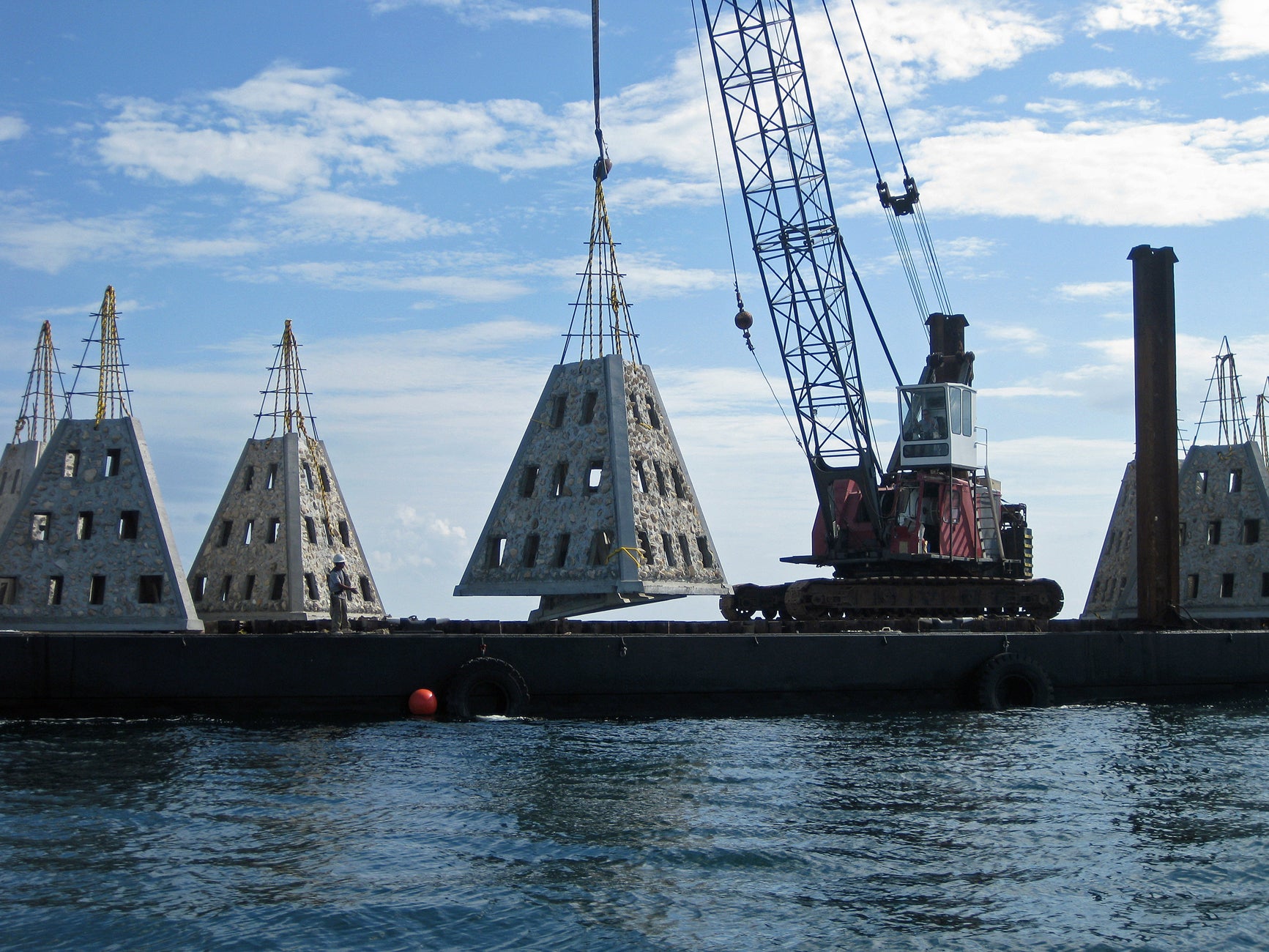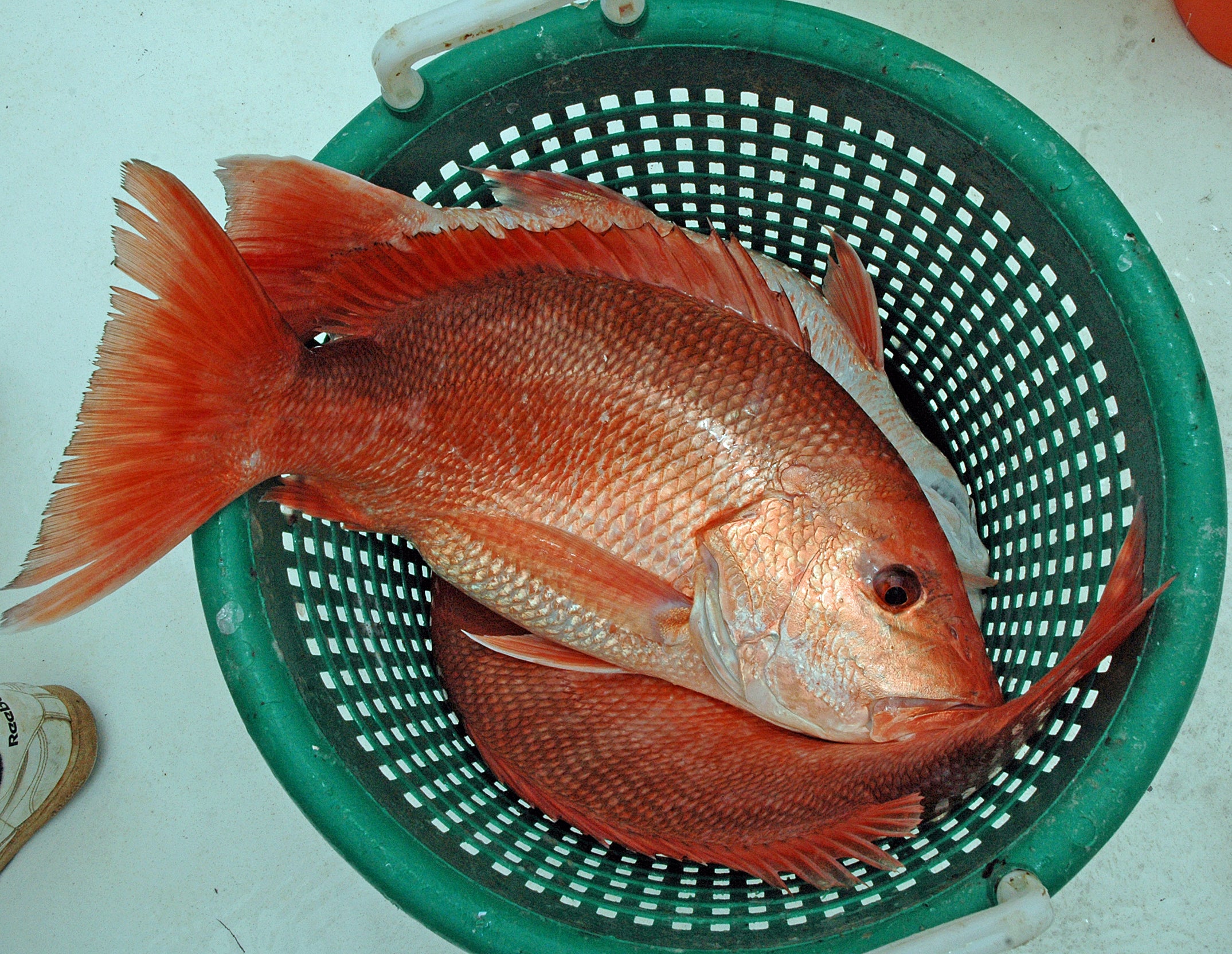By DAVID RAINER, Alabama Department of Conservation and Natural Resources
Those who wonder why anglers off Alabama catch more than 30 percent of the red snapper in the Gulf of Mexico despite having only 53 miles of coastline should have attended the Red Snapper Conference in Mobile last week. The key to Alabama’s phenomenal red snapper fishing is the more than 1,000 square miles just off the coast that are designated artificial reef zones.
During the day-long conference, numerous scientists and fisheries biologists discussed reef fish management, habitat requirements, red snapper and triggerfish recruitment and growth. All those components are tied to Alabama’s reef zones.
Craig Newton, Alabama Marine Resources Division’s Artificial Reefs Program Coordinator, provided those in attendance a comprehensive look at the state’s artificial reefs program, from its unofficial start to today’s highly regulated deployment protocols.
Alabama Department of Conservation and Natural Resources Commissioner Chris Blankenship, formerly the Marine Resources Director, said Alabama has the largest artificial reef system in the country and has created noticeable improvements in the fishery.
“I went to work on a charter boat when I was 14 years old,” Blankenship said. “If we caught a red snapper that weighed 5 pounds, that was a big red snapper. If you caught one that weighed 10 pounds, you took a picture with it. If you caught one that weighed 20 pounds, your picture ended up in the paper and in the red snapper fishing hall of fame. That was a big fish.”
A massive reef-building program occurred after that, and anglers continue to enjoy the results of the widespread habitat enhancements.
“We build reefs with money from CIAP (Coastal Impact Assistance Program), Sport Fish Restoration and other sources,” Blankenship said. “Over the last few years, we’ve gotten money from the National Fish and Wildlife Foundation from the Deepwater Horizon criminal fines, and we’ve built several hundred reefs with that money. We’ve created seven new reef zones within our 9-mile state waters boundary. We’ve built more than 30 inshore reefs. So, reef-building has been, and continues to be, extremely important to our state. Because of that, we have such a great red snapper fishery.”
Blankenship pointed out the extensive research being done in the Alabama reef zones by the University of South Alabama (USA), Dauphin Island Sea Lab and Auburn University.
“Dr. (Bob) Shipp is here today,” Blankenship said of the professor emeritus at USA’s Marine Sciences Department. “He was doing red snapper science before reef-fish research was in vogue. We’re blessed to have such great academics in the state to do this work.
“We’ve spent a lot of money and emphasis on red snapper research. We want not only to show we have the largest artificial reef system in the country. We also want to show how those reefs produce such a great fishery here in our state. Like I said, I remember what it was like to go out and catch small fish, a few fish. Now you can’t wet a hook without catching red snapper, big red snapper. The average weight of snapper in the charter fleet now is about 10 pounds. Having a robust reef fishery is extremely important to the economy of the state.”
Newton said the artificial reef story off Alabama started in 1953 when 200 car bodies were cabled together and deployed in two segments by the Orange Beach and Dauphin Island fishing communities. In 1961, the U.S. Army Corps of Engineers designated the “Snapper Banks” as the first artificial reef zones off Alabama. The first deployment by the Conservation Department occurred when five 415-foot Liberty ships, known as the Ghost Fleet in the Mobile-Tensaw Delta, were hauled offshore and sunk in 1974. The Marine Resources Division (MRD) strategy then changed to creating artificial reef zones instead of individual reef sites. The Corps permitted the first reef zone of 364 square miles in 1978. This is the first area where individuals could deploy MRD-approved reef material.
“What’s unique about this is these privately deployed reefs remain unpublished,” Newton said.
The Hugh Swingle reef zone of 86 square miles followed before another expansion occurred in 1989 with another 245-square-mile reef zone. In a program called Reef-Ex, 100 M60 decommissioned battle tanks were thoroughly cleaned and deployed in the Gulf for reefs in 1993. The Corps granted another expansion in 1997 with a permit for 336 square miles for reef zones. MRD teamed with the Orange Beach Fishing Association on the Red Snapper World Championship from 2004 through 2007 to deploy about 1,000 artificial reefs.
Since then, the focus has moved to nearshore with a 1.6-square-mile zone permitted just inside the 3-mile state boundary.








